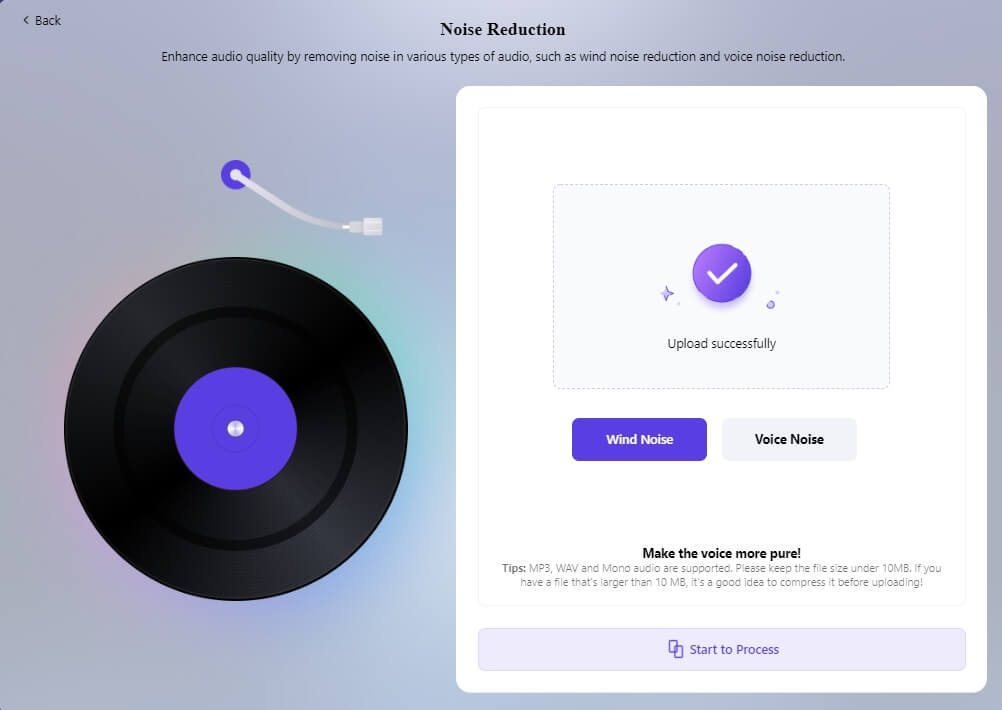

That means that unless you’re exporting your files in 32-bit float, you’ll be lowering the resolution of your tracks when they leave your DAW- and introducing error!Įrror in your digital files has real world consequences for how your tracks sound. Your DAW makes the calculations that power your faders, busses, and plugins at a higher resolution than your audio files. Reducing the bit depth will introduce digital error if you’re not careful.īut you’ll have to do it at some point in your process.

Once your files are in your DAW, lowering the resolution is tricky. Try LANDR Mastering on Your Own Tracks Reducing the effects of error

Here’s what an unmastered track sounds like when compared to a LANDR Mastering. They’re the best option available in most DAWs. That’s why we recommend you record 24-bit files for LANDR mastering. When you select the bit depth, you’re actually choosing the accuracy of the files you create during recording.Įach additional bit increases the resolution that your ADC (analog-to-digital converter) has to measure the level of an incoming signal. The files your computer creates when you record are digital representations of the analog signals created by whatever you plug into your audio interface.īefore you start recording, you have to choose a sample rate and bit-depth for your DAW session. When you select the bit depth, you’re actually choosing the accuracy of the files you create during recording. I’ll go through everything you ever wanted to know about dither but were afraid to ask. But if you’re still confused, or if you want to know why you should follow these rules, read on. That’s it! If you never want to think about dither again you can stop right here and get back to your latest project. That includes when you bounce files that are the same bit-depth as the ones you recorded. When you export anything other than 32-bit float, you have to dither. In this case, the mastering process will take care of dither for you.



 0 kommentar(er)
0 kommentar(er)
